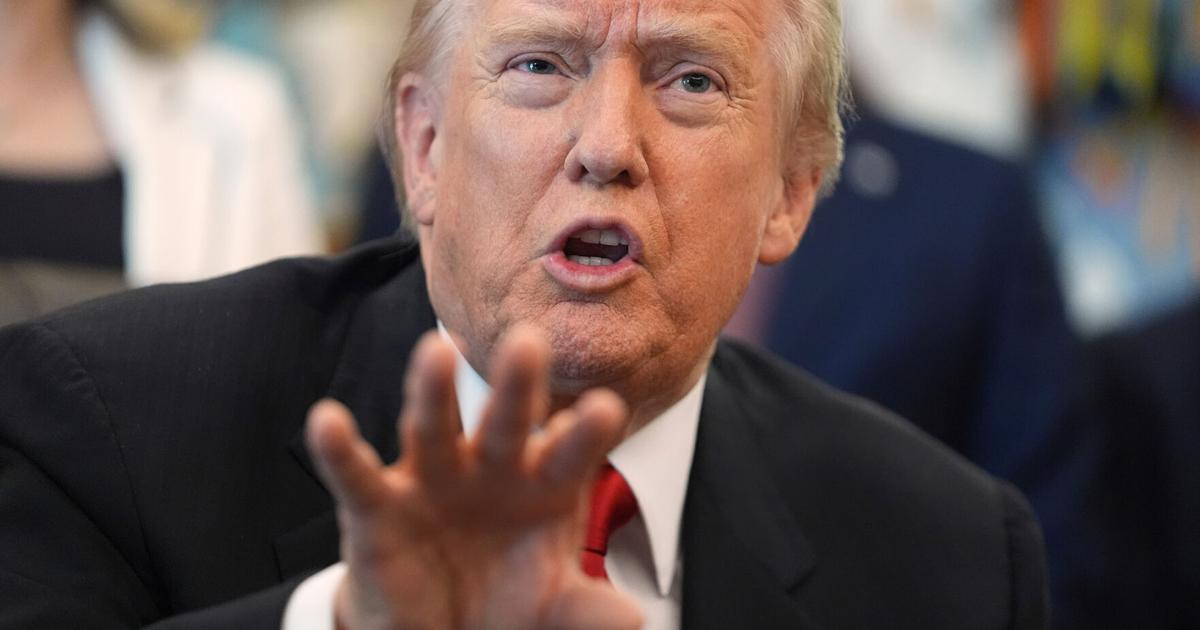Concerns over inflated valuations in the artificial intelligence sector are intensifying, particularly following the latest actions of prominent investor Michael Burry. Known for predicting the 2008 financial crisis, Burry’s recent moves have drawn sharp attention as he takes a bearish stance on AI giants like Nvidia and Palantir. His activities have reignited discussions about the sustainability of current market trends, with many investors reassessing their positions.
Burry’s firm, Scion Asset Management, has disclosed significant options positions linked to Nvidia and Palantir, with a notional value exceeding $1 billion. This decision underscores his skepticism regarding the current AI boom, which he perceives as overvalued. In contrast, other companies in the sector are also experiencing volatility, as market reactions fluctuate in response to these developments.
Investor Sentiment Shifts Amid Growing Scrutiny
The Bank of England has warned of a potential “sharp market correction” should the AI bubble burst, echoing Burry’s concerns. In a striking move, Nvidia recently announced a $100 billion investment with OpenAI, primarily for Nvidia hardware, leading to a surge in Nvidia’s share price by $220 billion. This investment raises questions about the sustainability of such valuations, especially as Nvidia’s AI sales are projected to reach nearly $400 billion by 2028.
Former Intel CEO Pat Gelsinger has also weighed in, suggesting that the AI sector may be in bubble territory. He believes the correction could unfold gradually rather than abruptly, indicating a disconnect between current investment levels and the revenue models of AI companies. This sentiment reflects a growing belief that many valuations are driven more by market momentum than by long-term financial fundamentals.
Amid these concerns, Burry’s positioning has sparked debate. His decisions are not isolated; they reflect a broader trend of skepticism towards high-flying tech stocks, particularly in the AI sector. The timing of his moves, disclosed through filings covering activity up to late September 2023, has amplified public discourse around the potential for a market correction.
Contrasting Perspectives on Market Viability
Despite Burry’s reputation for predicting market downturns, not all industry leaders share his pessimism. Alex Karp, CEO of Palantir, has publicly dismissed the notion of a bubble, asserting that AI-driven economic growth will ultimately validate current valuations. His comments represent a counter-narrative to the caution displayed by Burry and others.
As companies continue to invest heavily in data center expansion and sophisticated hardware to support demanding AI applications, the market remains in a state of flux. Financial arrangements involving Nvidia, xAI, and others have raised eyebrows, leading to scrutiny over the structural integrity of these partnerships.
For now, the tension between optimism and caution persists. Investors are left to interpret the signals from Burry and other influential figures as the AI sector transitions from rapid growth to a phase where measurable results will be expected. The coming months will likely reveal whether Burry’s insights signal a broader trend or if the AI market will continue its upward trajectory, justifying the high valuations currently in play.







